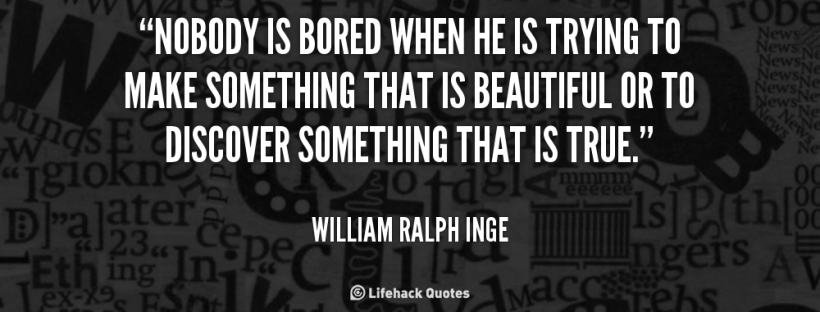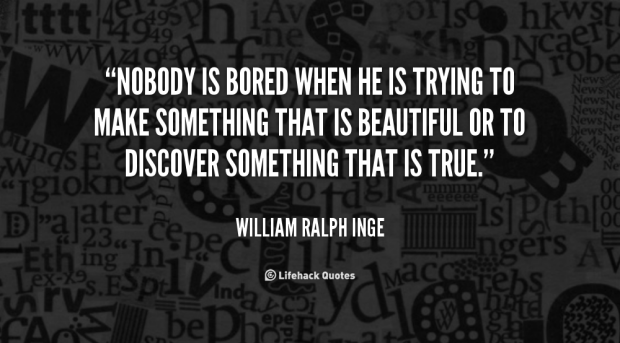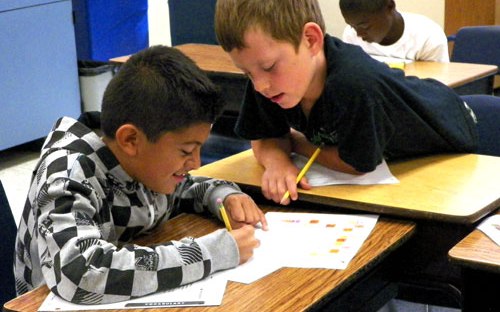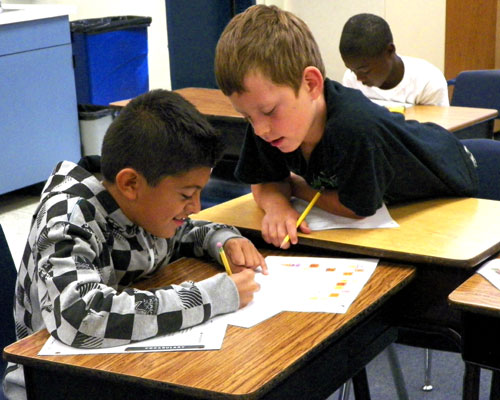At the beginning of the semester, we were asked to develop a list of learning goals. These goals allowed me to become a self-monitored and self-directed learner, as I knew exactly what I was to work toward. Along with these, we were to develop a success criteria, which are essentially the tasks we would carry out to ensure that the learning goals were achieved. Allowing for the individualization of both the learning goals and the success criteria led to being a more responsible and empowered student. Now that the semester is over, it’s time to reflect and assess my overall performance based on the criteria I outlined at the beginning of the course.
Learning Goal #1: Become a 21st Century Educator
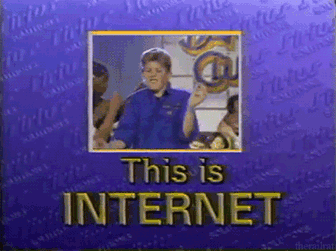
Success Criteria: Create a blog (& use it)
If you are reading this, it means that you already know that I achieved this goal! Instead of doing a traditional reflection paper, I opted to continue to use my blog to evaluate myself. Not only have I used my own blog, I have also completely submersed myself into the blogs of others, trying to learn as much as possible from other educators. This is a really important tool to increase your knowledge and experience and I’ve found it especially great when I’ve hit writers block writing a paper. (Fun fact about my blog: I had one view from a user in Singapore! Click here for my reaction)
Success Criteria: Watch TED Talks related to Education:
As this is one of my favourite past times, it was not hard to complete this task. TED Talks are the perfect pick me up when I need a quick study break or when I start to doubt my abilities. They have taught me to believe in myself, to fight for equality amongst my future students, and to embrace all of the challenges life has to offer.
Here are a few of my favourites:
Here is a honourable mention to a non TED Talk but great video nonetheless:
Success Criteria: Use Twitter to network with other professionals:
I’ll give myself a 50% on this one. Yes, I made a twitter (@RyanRidler51), spruced it all up, and followed a bunch of professional educators, but I didn’t take advantage of what they really had to say. To be honest, I only really checked Twitter when I couldn’t sleep. In the future, I look forward to using this more to stay more up to date with the news so I can incorporate current real life events into my lessons. Also, I would like to use it to connect my classroom with another class on the other side of the world to demonstrate how fast and far social media can travel.
Learning Goal #2: Integrate Assessment into Curriculum
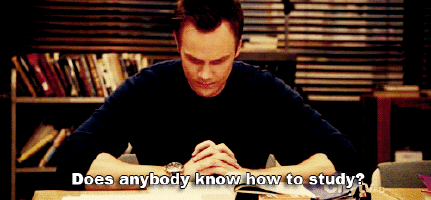
Success Criteria: Pay attention in class, take good notes, do readings before class:
Let’s be honest – University is tough. It’s really hard to get everything done. Instead, I try to focus on doing most things well. I always attended class and paid attention for the majority of the lecture (to be frank, some videos dragged on), but I really struggled with completing the readings beforehand. The first three days of the week, are really busy for me but I have lots of free time on Friday so I would always catch up the readings then.
Success Criteria: Develop a growth mindset:
This course was hard! There were a lot of times when I felt really uncomfortable completing assignments because of minimal instruction and not being experienced with it. Instead of fearing failure, I accepted it and tried my best to roll with it if it happened. I think because of this, I was actually able to achieve more success. It’s humbling and empowering to accept failure as an option, and be willing to learn from it instead of run from it.
Learning Goal #3: Become the Best Educator I Can Be
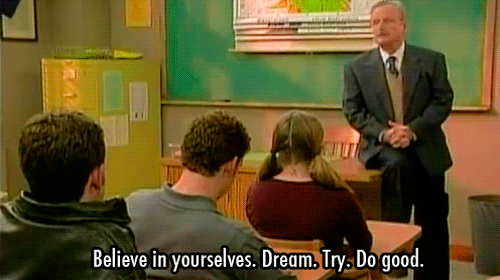
Success Criteria: Campus Tour Guide:
To work on my public speaking skills, I started working for the University as a Campus Tour Guide. This has allowed me to grow as a person and educator, becoming more comfortable at talking with large groups of people. Pushing myself out of my comfort zone has definitely led to me becoming better at public speaking, which is a vital skill to have as a teacher.
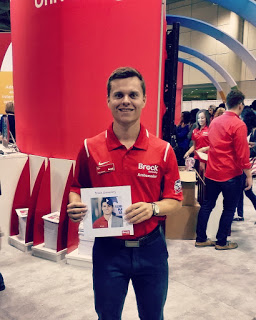
Success Criteria: Dialogue in lecture:
Using the skills I’ve learned as a Tour Guide, I increased my participation as the semester went on. To be honest, I much prefer to discuss things with the people around me so I felt much more comfortable doing that. However, I felt I really grew and evolved with public speaking so dialoguing was something I got much better at.
Final Statement: Yes, I was successful.
Albert Einstein was once wrongfully quoted as saying, “Not everything that counts can be counted, and not everything that can be counted counts.” (See full argument here: )
Whether this is true or not, the quote brings up a valid argument: as a future educator, I have to begin to look beyond grades. Being a student for 18+ years makes this difficult, but it is a reality that I must face. What I’ve learnt most from this class is that through achieving my success criteria, I received a good grade in the course – my actions defined my outcomes. For me, the majority of my success comes from practices outside of the classroom. Therefore, I believe it is instrumental that we push this idea on current students and use it as a vehicle to change their thinking too. Having students get good grades is nice and important, but I think there’s more to teach them than just academic success: to be kind, to be thoughtful, to be mature (but to enjoy their youth), to stand up for what they believe in, to be reflective, to demand equality for all, to admit their wrongs and say sorry, to hold the door for people, to text their mom goodnight, to give more compliments than insults, to laugh at a friend’s joke (even if it’s bad), to give up their seat on the bus, and to appreciate one aspect of every person they meet. Their grades can’t define who they are as a person and they shouldn’t be the only details that count. As a future educator, I want my students to know that through developing and achieving relevant learning goals and success criteria, the stuff we can’t always count, the grades will take care of themselves.

